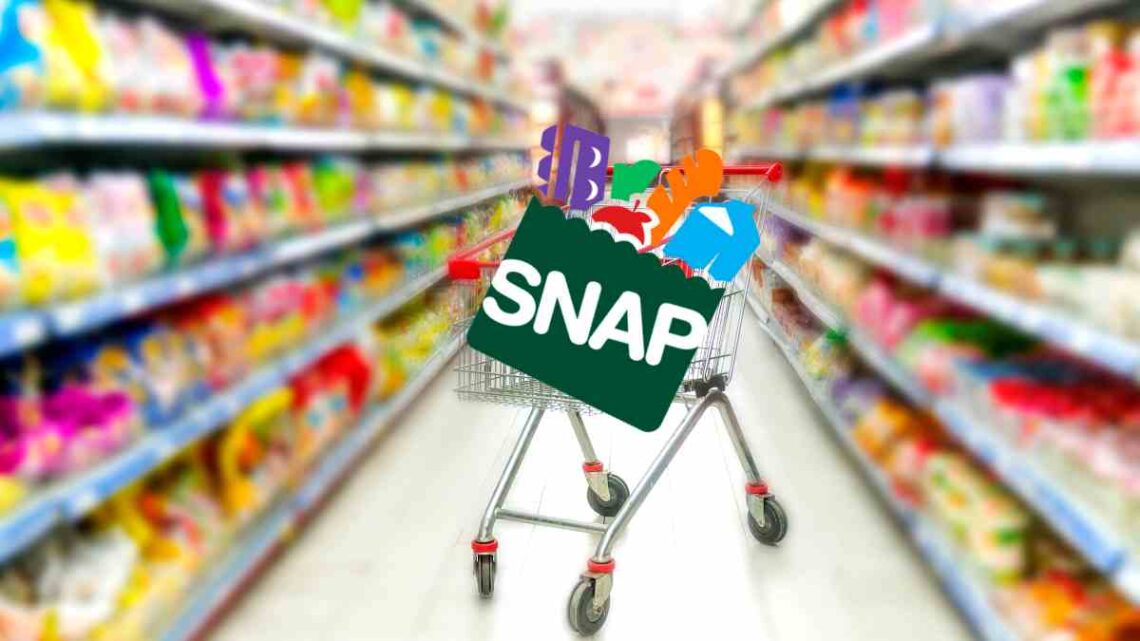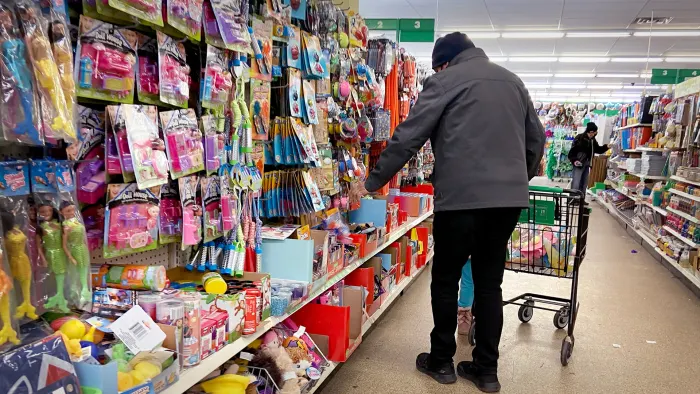Florida Launches D-SNAP Food Assistance for Hurricane Survivors: Over 400,000 Eligible
According to Vibes.okdiario, More than 400,000 Florida residents impacted by Hurricanes Helene and Milton are now eligible for food assistance through the Disaster Supplemental Nutrition Assistance Program (D-SNAP). Announced by the U.S. Department of Agriculture (USDA), this program aims to provide aid to approximately 407,733 families in 24 counties across the state that have suffered significant losses due to these natural disasters.
Impact of the Hurricanes
Hurricanes Helene and Milton struck Florida just 12 days apart, causing extensive damage in various regions in late September and early October. In light of the severe destruction and disruption to daily life, D-SNAP offers essential support to those in urgent need of food assistance.
What is D-SNAP?
D-SNAP is an extension of the regular Supplemental Nutrition Assistance Program (SNAP), commonly referred to as the food stamps program. Under typical circumstances, SNAP provides food assistance to low-income households. However, in disaster situations, D-SNAP expands eligibility to individuals who would not usually qualify for SNAP but have been impacted by the disaster.
It’s important to note that individuals already receiving regular SNAP benefits are not eligible to apply for D-SNAP. The program specifically aims to assist those without access to standard food assistance programs who are facing emergencies due to the disaster.
Eligibility Requirements for D-SNAP in Florida
D-SNAP will be available to residents in 24 counties in Florida, and eligibility will depend on specific income requirements. For instance, a household of four must have a monthly income below $3,529 to qualify for D-SNAP.
Application Phases by Region
Phase 1: Northern Florida Counties
-
- Counties: Columbia, Dixie, Franklin, Gilchrist, Hamilton, Jefferson, Lafayette, Levy, Madison, Suwannee, Taylor, and Wakulla.
- Phone Applications: October 28 – 31
- In-Person Applications: November 1 – December 9
Phase 2: West Coast Counties
Also read: 2025 Tax Rates: A Guide for Married Couples Filing Jointly to Maximize Savings
-
- Counties: Charlotte, Hernando, Manatee, Pasco, Pinellas, and Sarasota.
- Phone Applications: November 4 and November 6 – 8
- In-Person Applications: November 9 – December 3
Phase 3: Central and Eastern Florida Counties
-
- Counties: Citrus, Hardee, Highlands, Hillsborough, Lee, and Volusia.
- Phone Applications: November 12 – 15
- In-Person Applications: November 16 – December 15
How to Apply for D-SNAP Assistance
Residents looking to apply by phone must call the designated numbers provided by the state of Florida during the specific application dates for each phase. For those preferring to apply in person, they can visit designated centers in their counties during the specified dates.
Applicants must present proof of identity and residency, as well as documentation assessing the damages they have incurred due to the hurricanes. Authorities in Florida recommend that applicants gather all necessary documentation in advance to expedite the process. Given the high demand, particularly in the initial phases, being prepared can help avoid delays.
Supporting Recovery Through D-SNAP
Navigating the available resources can be overwhelming for individuals affected by disasters. Programs like D-SNAP are crucial in ensuring that families and individuals can access the support they need to rebuild their lives following such disruptions. By facilitating food assistance in the wake of Hurricanes Helene and Milton, the USDA and the state of Florida aim to alleviate some of the burdens these disasters have placed on affected communities.
The destruction caused by the hurricanes not only led to loss of property but also interrupted regular income, complicating the ability to cover essential living expenses, including food. D-SNAP addresses these immediate needs, allowing residents to concentrate on recovery without the additional stress of food insecurity. The phased rollout of the program ensures that each region is served efficiently while accommodating the substantial number of individuals in need of assistance.






